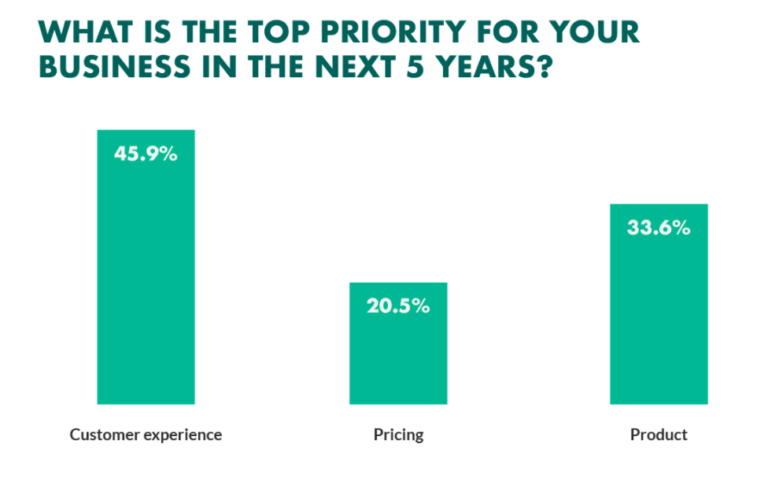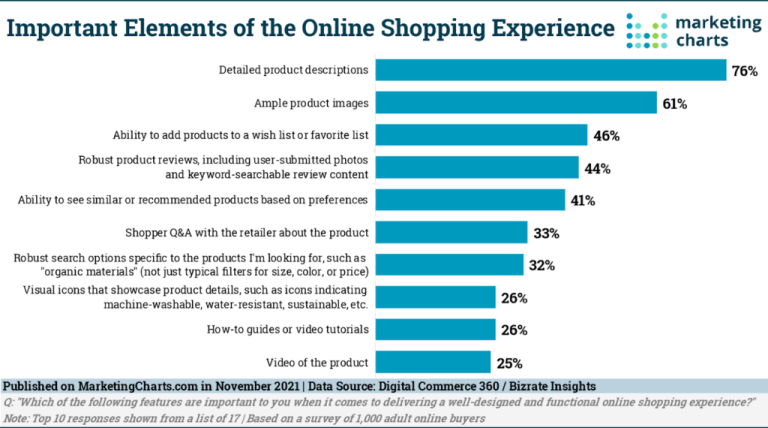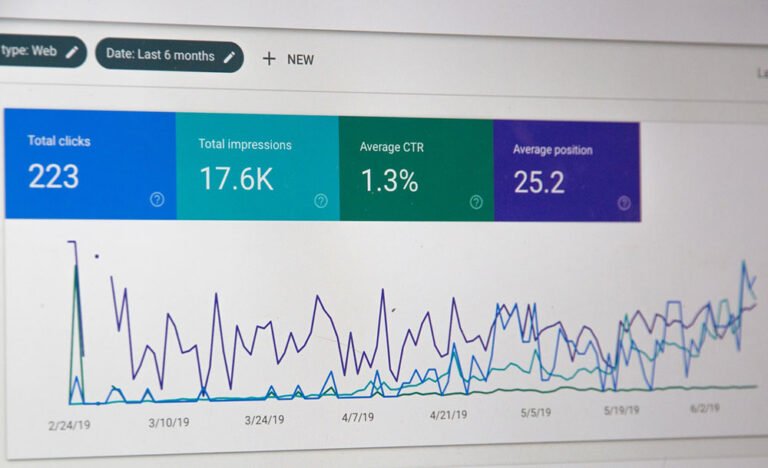
The shift to virtual-only engagement in 2020 has been a major challenge for every sector of the economy, from small startups to large businesses to nonprofit organizations alike. Your own organization has almost certainly rolled out a variety of new tactics for communicating with donors, constituents, partners, or customers.
Take a note from the nonprofit sector, where organizations that have always depended on events and on-the-ground interaction had to quickly and dramatically change course. Maintaining donor engagement over time has always been important for nonprofits, but the pandemic and the 2020 year-end season (a time when most organizations see huge influxes of new donors) have made staying in touch with donors more mission-critical than ever before.
eCommerce and retail businesses face similar challenges this time of year. How do you keep new contacts engaged with your brand or mission after the year-end energy fades away? In an uncertain economy, actively growing those new relationships will be essential in 2021.
At DNL OmniMedia, we specialize in all things nonprofit tech. We’ve been on the frontlines helping organizations of all shapes and sizes adapt to the new challenges of the virtual era, so we’ve seen what works for keeping donors engaged from a distance. Let’s dive in.
Use your engagement data to drive more interactions.
Your organization’s data should be your first stop when refining your approach to engagement. How you collect, organize, and use your data will greatly impact your ability to maintain and grow your relationships with donors.
Simply put, without a solid data management process in place, it becomes much harder to actively learn from your wins and mistakes.
Every time your organization interacts with a donor, that data should be collected in a dedicated profile in your database or constituent relationship management system (CRM). As you begin tracking these interactions more thoroughly, distinct patterns and paths will emerge, which you can then use to steer donors towards new opportunities to engage with your organization.
This strategy is related to the concept of moves management. For nonprofits, this typically refers to the process of tracking your interactions with prospective major donors to help understand the trajectory of the relationship and learn the best moments to ask for large gifts. Broaden this concept out to include donor engagement more generally, and you’ve got a winning strategy for 2021. Here’s an example:
- A new donor gives a small online gift to your year-end campaign.
- They open your automated thank-you email.
- You send a follow-up email encouraging them to opt into your main newsletter.
- The donor regularly opens your newsletter and clicks through to other content.
- You encourage the donor to engage with your nonprofit in a new way, like by attending a virtual event.
- The donor stays engaged with your messages and opportunities over time.
- You successfully ask the donor to set up a monthly recurring donation for 2021.
At each stage in this journey, your organization can log new data, giving you a complete picture of the donor’s path towards increased giving and long-term engagement. Multiply this over your entire donor base, and you can learn some invaluable insights, including:
- The most common donor journeys with your organization
- The most effective channels or types of campaigns for acquiring engaged donors
- The least effective strategies for engaging donors or common pain points where donors become disengaged
For instance, if you see that your organization struggles to keep email subscribers engaged over time, you can dig deeper to find out exactly what’s going wrong and where. Maybe the answer will be to create new, more targeted email streams based on what’s been proven to work for engaging specific segments of your donor base.
To begin strengthening your approach to engagement data and more actively using it to guide your strategies, you’ll have to work with an integrated toolkit. All of your software should generate and provide engagement data when donors interact with it, with the data ideally flowing directly into your integrated CRM system. Check out the Team DNL guide to nonprofit data management for a crash course on this process.
Expand your virtual engagement offerings and marketing tactics.
If you want to keep more donors engaged with your organization over time, expanding the range and number of opportunities to interact with them is a no-brainer.
With the shift to virtual-only engagement and reliance on live streaming, it’s actually easier than ever for nonprofits to get creative and combine digital tactics in brand new ways. Some of the most successful virtual engagement offerings for nonprofits fall into these categories:
- Virtual peer-to-peer campaigns. Let your supporters fundraise on your behalf, and anchor the campaign with a compelling theme, useful resources, and a range of virtual events from kick-off to grand finale.
- Casual virtual events. Small-scale virtual gatherings have become a time- and cost-effective way to keep donors engaged. Community discussions, book clubs, virtual classes, and more have all been popular.
- Large-scale virtual events. Major virtual fundraising events have proven to be viable alternatives to in-person galas and auctions. You’ll just need the right tech and gameplan for getting donors excited and raising money in the lead-up to the event.
- Digital advocacy campaigns. For missions related to public issues, advocacy campaigns are an ideal way to boost engagement and mobilize supporters through a range of digital channels.
To promote any type of new virtual campaign or event, we highly recommend taking a multichannel marketing approach. This strategy involves using all of your marketing outlets (email, social media, your website, and more) to actively generate more engagement and funnel more supporters towards taking a target action.
For instance, when promoting a large-scale virtual event, use email to invite your supporters and keep them updated as the event approaches. In those emails, direct readers to special announcements and sneak-peeks on social media, and create blog posts on your website to highlight the event’s purpose and goals. At each of these touchpoints, encourage readers to register and stay engaged with your event leading up to the big day.
When implementing a multichannel marketing strategy, though, keep these key considerations in mind:
- Prioritize user experience. A frustrating or clunky experience on any of your marketing outlets could cause supporters to tune out. Mobile responsiveness is especially key. Make sure your website and emails look and work well on screens of all sizes.
- Maintain consistent branding. Brand consistency is key to maintaining user engagement, particularly when you’re aiming to boost results across multiple channels. Your website, emails, and social media graphics should all accurately reflect your nonprofit’s brand.
- Meet supporters where they already are. Understand how your supporters already prefer to engage with your nonprofit, and then rely on those outlets to anchor your strategy. Mobile responsiveness plays a key role here, as well, since the majority of web traffic now comes through mobile devices.
Combining these best practices to promote a virtual campaign or event will be a winning strategy.
For example, let’s say your nonprofit is conducting an advocacy campaign. You could sporadically promote a petition via email and social media. However, to really maximize engagement, you should create a comprehensive strategy combining multichannel tactics, coherent branding, and a variety of virtual engagement opportunities, all anchored in a user-friendly advocacy app that meets supporters on the devices they’re already using.
Heading into 2021, boosting and maintaining engagement will be essential. This is particularly true if your organization sees any kind of increase in activity around the year-end season. Don’t let all that new engagement go to waste!
By making it easier for your own team to learn from your performance and creating more potential touchpoints with supporters, you’re sure to see engagement benefits going forward. Best of luck!
Photo by John Benitez on Unsplash






